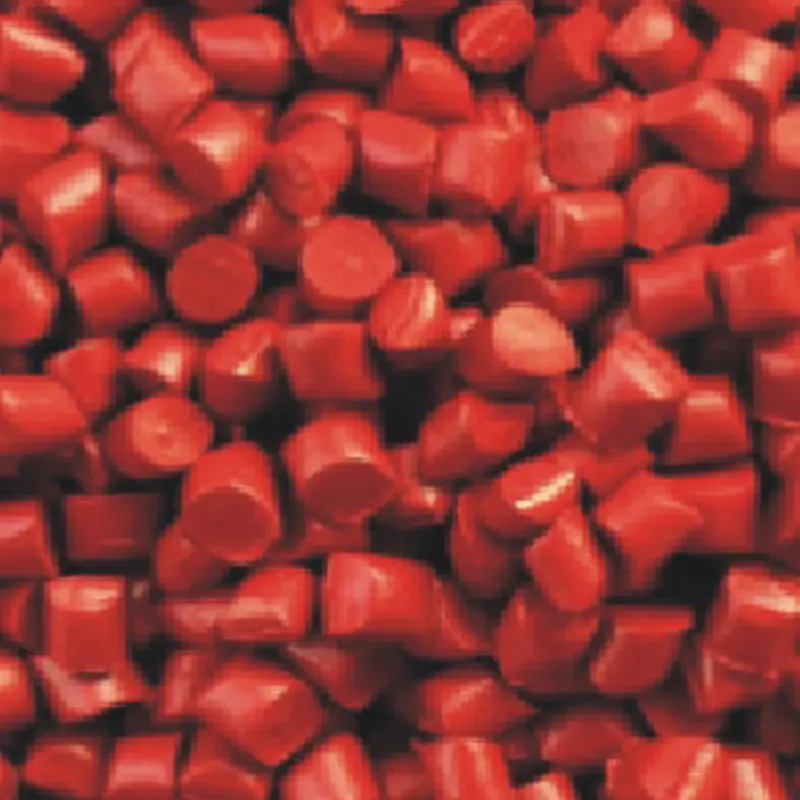Cheap and high quality green masterbatch supply
In the field of modern materials science, green masterbatch has attracted much attention because of its unique environmental protection characteristics and wide application prospects. Among them, as the key performance indicators of green masterbatch, coloring power and dispersibility play a crucial role in its application in different fields.
First of all, coloring power is an important factor to measure the performance of green masterbatch. Good coloring power means that the desired color depth and brightness can be achieved with less amount. The coloring power of green masterbatch is affected by many factors, among which the choice and concentration of pigment is the key. High-quality pigments can provide a higher coloring intensity, so that the product presents a bright, full green. For example, some high-performance organic pigments show great coloring power in green masterbatches, which can give the product a rich green color with a low addition amount. At the same time, the concentration of the pigment also needs to be accurately adjusted, too low concentration may cause poor coloring effect, light color; However, a high concentration may affect other properties of the masterbatch, such as dispersibility and processing performance.
Decentralization is also essential. In practical applications, the green masterbatch needs to be evenly dispersed in various media to ensure the consistency and stability of the product color. If the dispersion is not good, there will be pigment agglomeration, color spots, stripes and other problems, which seriously affect the appearance quality of the product. The dispersibility is closely related to the formulation design of masterbatch, production technology and processing conditions. In the aspect of formulation design, reasonable selection of dispersant is the key. Dispersants can reduce the interaction between pigment particles, making it easier to disperse in the medium. For example, some polymer dispersants can form a stable adsorption layer on the surface of the pigment, preventing the accumulation of pigment particles.
In terms of production technology, advanced processing equipment and optimization of process parameters can significantly improve the dispersion of green masterbatch. For example, mixing equipment with high shear forces allows the pigment particles to be more evenly dispersed in the carrier resin. At the same time, appropriately extending the mixing time and increasing the mixing temperature also help to improve the dispersion effect, but care needs to be taken to avoid excessive temperature resulting in damage to the performance of the pigment or resin.
In different media, the dispersion of green masterbatch will also be different. For example, in plastics, the molecular structure of plastics, viscosity and other factors will affect the dispersion of masterbatch; In the coating, the solvent system of the coating, surface tension, etc., will also affect the dispersion. Therefore, in practical applications, it is necessary to select the appropriate green masterbatch according to the specific medium characteristics, and adjust the processing technology accordingly.
In order to improve the coloring power and dispersibility of green masterbatch, researchers and manufacturers have been making continuous efforts. On the one hand, a more efficient dispersant and formulation system is developed by deeply studying the characteristics and dispersion mechanism of pigments. On the other hand, continue to improve the production process and equipment, improve the level of automation and intelligence of the production process, to ensure the stability and consistency of product quality.
In short, the coloring power and dispersibility of green masterbatch are important properties that must be paid attention to in its application. Only through continuous in-depth research and optimization of these properties can the green masterbatch play a greater role in various fields and make greater contributions to promoting the development and application of environmentally friendly materials. Whether it is in the fields of plastic products, coatings, fibers, etc., or in other emerging fields, we need to have a deeper understanding and understanding of the coloring power and dispersion of green masterbatches to meet the increasing market demand and environmental requirements.

 English
English Español
Español русский
русский









